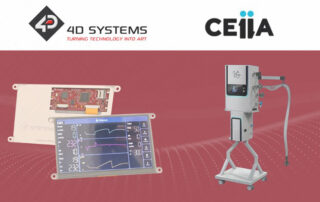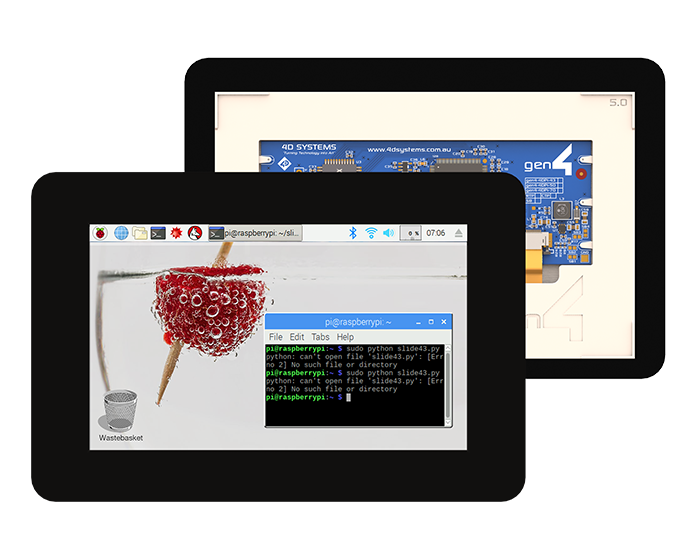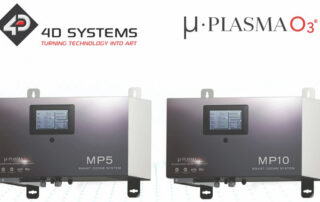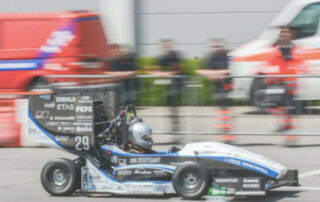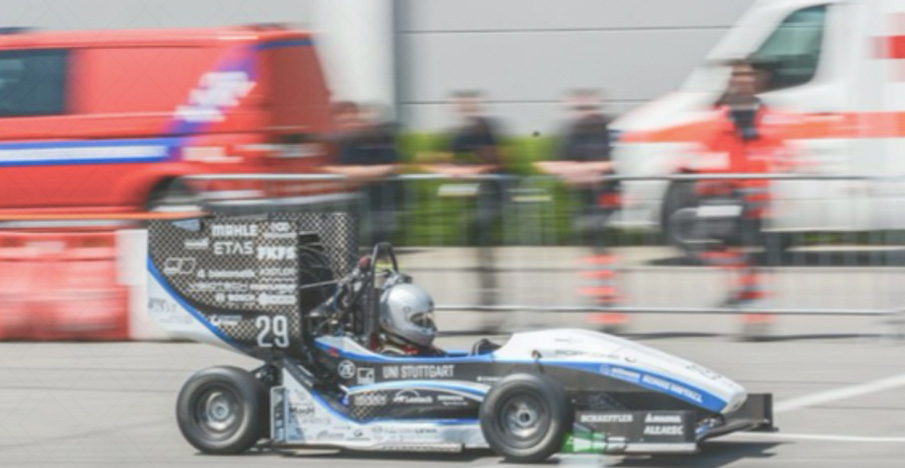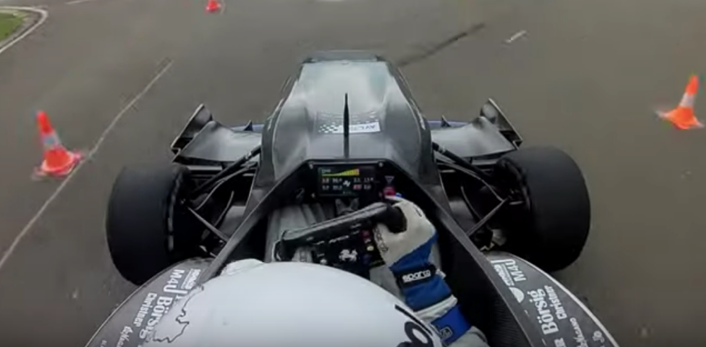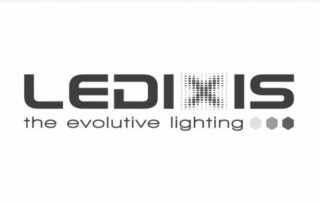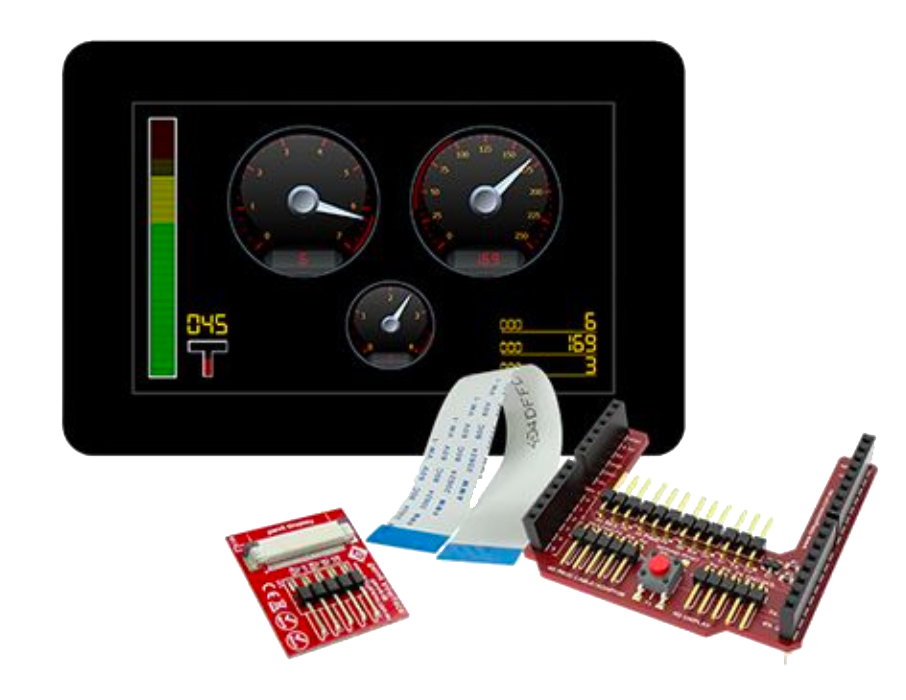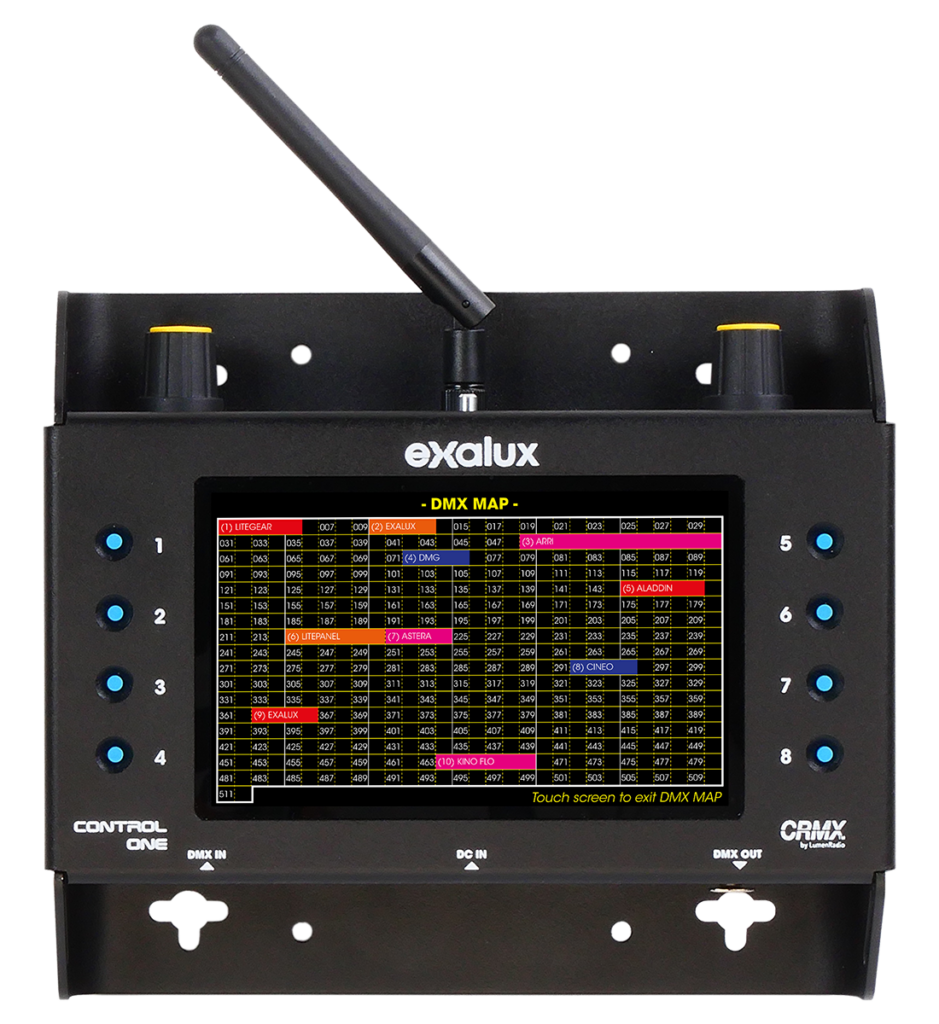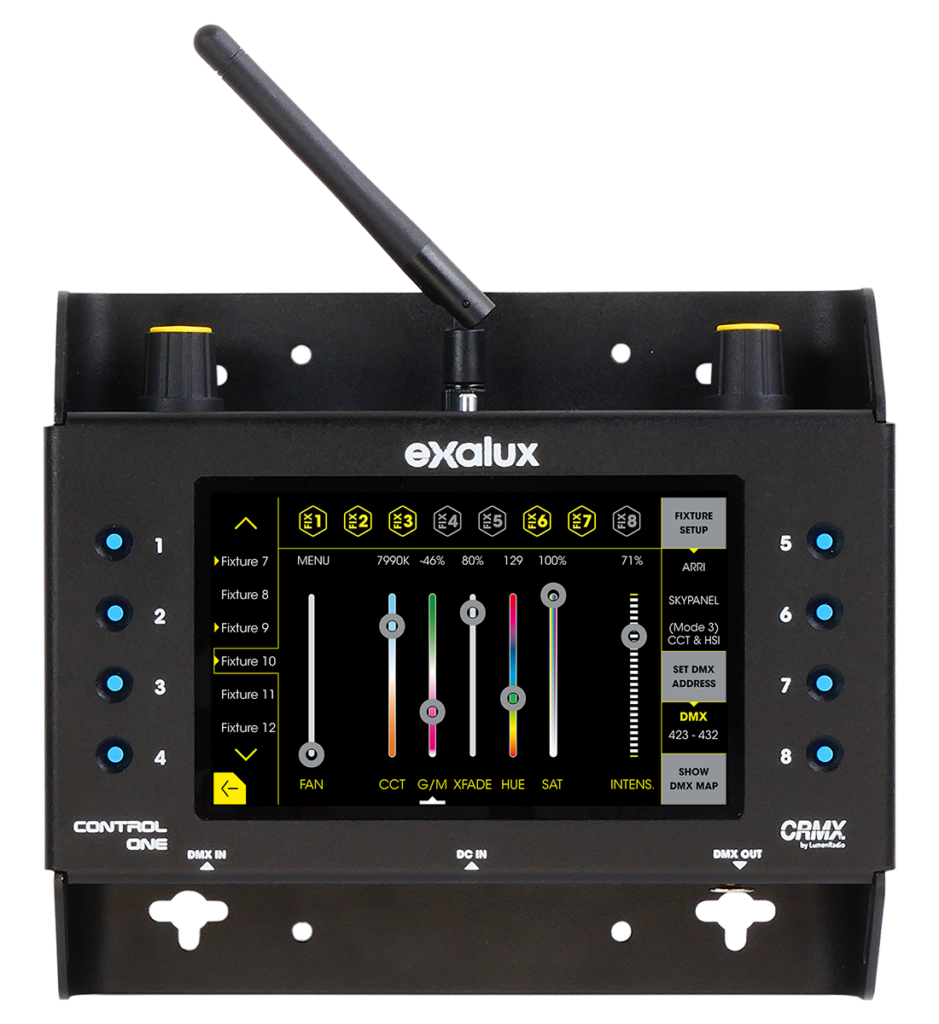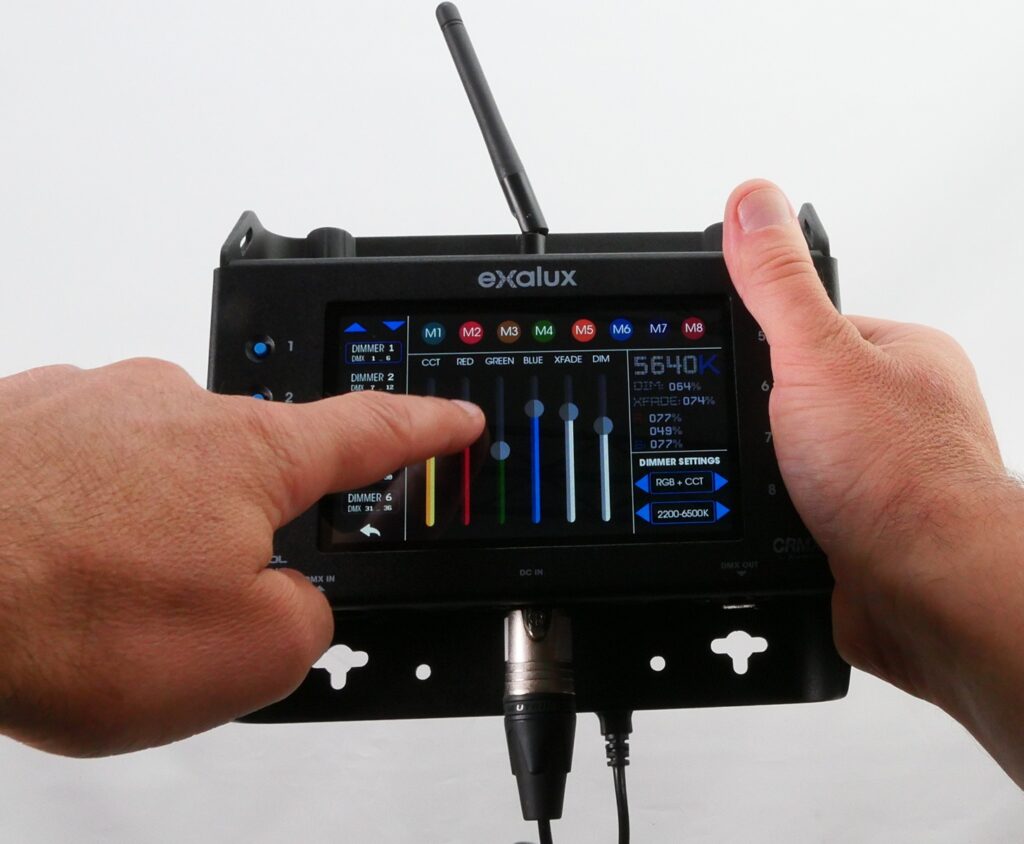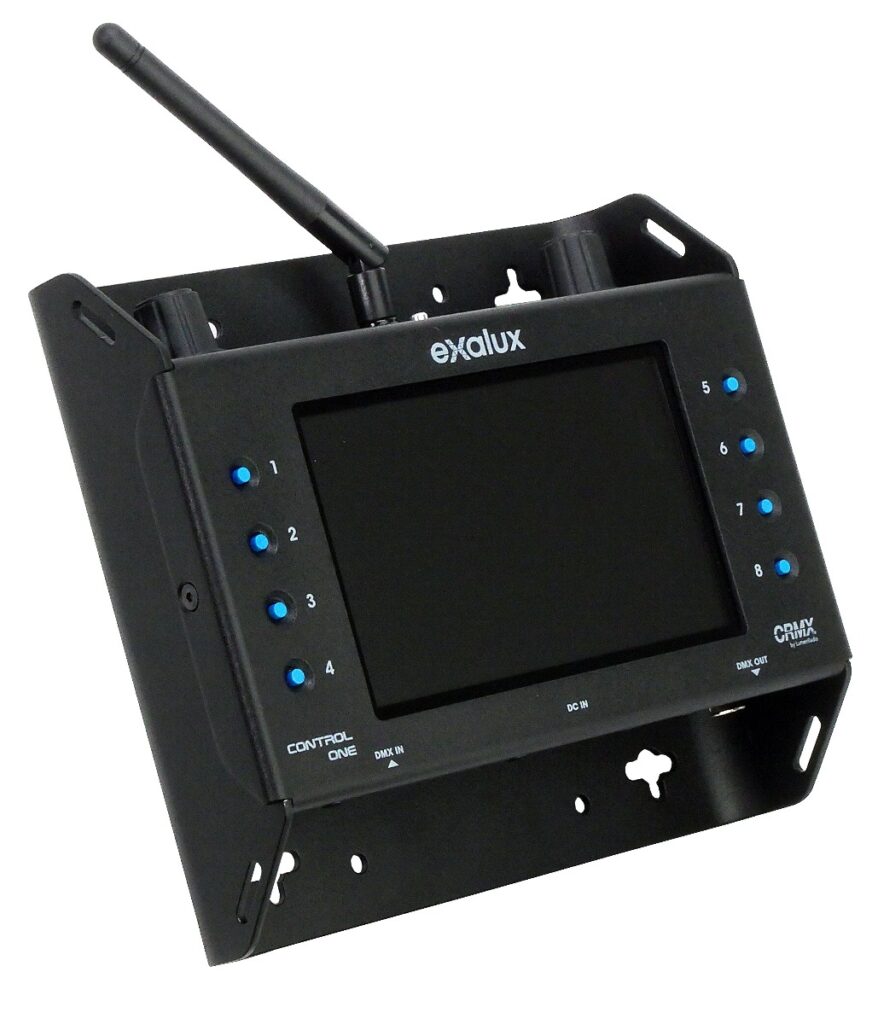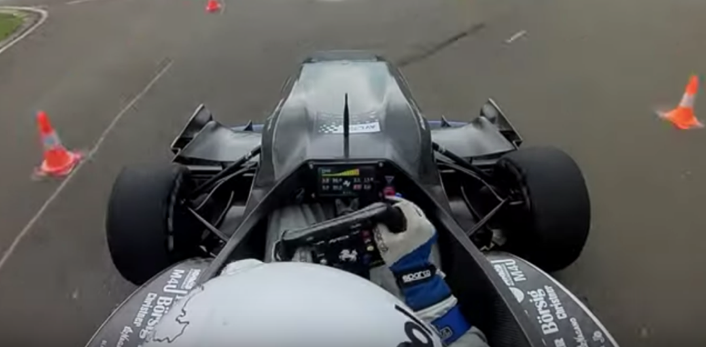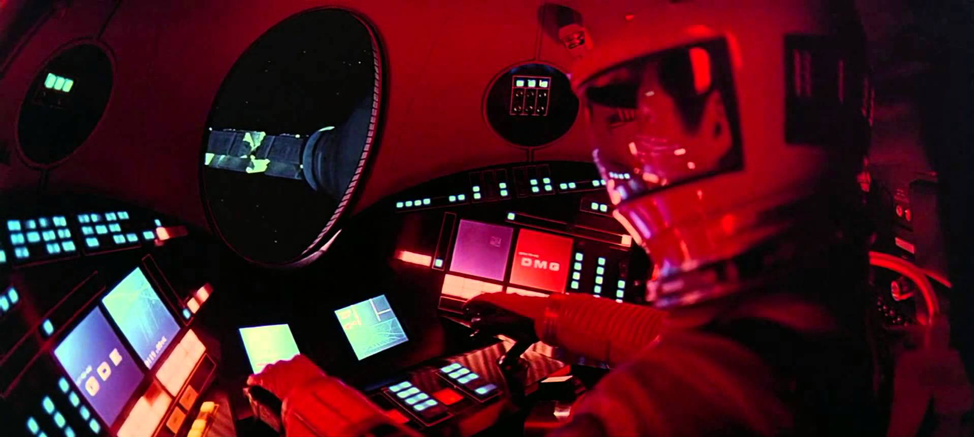Educational Primer Series: Benefits of Capacitive Touchscreens
Our Educational Primer Series presents a deep dive into the technical elements that bring together the world of 4D Systems and what we have to offer. You’ll find that this information series, developed with our experts and engineers, is the perfect place to power up your knowledge and take your understanding of our hardware and software to the next level. As always, feel free to reach out and get in touch. The best learning is interactive and we’d love to hear from you.
File Downloads
Benefits of Capacitive Touch
Thanks to touchscreen technology, the days of clunky mechanical pushbuttons taking up valuable real-estate on our devices are gone. Smartphones with touchscreens have made our lives a lot easier, and so have many other devices that use touchscreen technology – such as satellite navigation devices, personal digital assistants, access control panels, tablets and touchscreen laptops to mention a few.
The latest in touchscreen technology uses the conductive touch of a human finger or specialised device for input. We’ll explore this in more detail.
How does Capacitive Touch Work?
Capacitive touchscreens are most commonly controlled by human touch. A finger touching the screen becomes an electrical conductor that stimulates the electrostatic field of the touchscreen.
The touch panel/glass has a capacitive layer with a static charge that shifts from the device to the finger. The system detects this reduction in charge and then processes the information to the program to tell the exact location of the touch, based on the many capacitor sensors on the screen.

Capacitive Vs. Resistive Touch
Before capacitive touch screens became available, the alternative to detect touch was using resistance. Resistive touchscreens have three layers – upper, middle and bottom layers. The middle layer consists of air or similar inert gas/substance. When pressure is applied on the surface of a resistive touchscreen device, it presses the upper and bottom layers together and the point of touch is calculated based on it.
However, capacitive touchscreens register touch through the electrical current transmitted to the human body, which means that they require less pressure to operate. That’s why it is possible to operate capacitive touchscreens simply by dragging the finger across the surface.
Benefits of Capacitive Touch
That brings us to the benefits of capacitive touch, which makes it a preferred choice to resistive touch.
A key feature of capacitive touchscreen technology is its strength and durability. These screens are more durable than resistive touchscreens because the fingerprint smudges and dirt, if any, won’t hamper the functionality.
A cracked screen is the most common damage suffered by touchscreen devices. However, in most cases, devices with a capacitive screen will continue to work, even with a cracked screen. This is because even when there are minor cracks, the device will continue to measure the electrical charge from the fingers and use the information to determine the point of touch. It means cracks don’t interfere with the function of a capacitive touchscreen device.
As capacitive touchscreen devices use glass layers, they come with exceptional picture quality. If you’re planning to watch movies, TV shows and videos on your touchscreen device, make sure you choose one with capacitive touch.
Perhaps one of the major benefits of capacitive touch is the ease of use. You need not learn anything – much of it is intuitive. It has never been easier to choose the correct button or menu from the screen. What’s more, on-screen buttons can be enlarged as needed. A clear view of the buttons and knowing where to touch to select the feature is all it requires to operate a capacitive touch screen.
Capacitive touch screens usually offer all-in-one solutions. It means that the device can be customised to suit customer needs. These touch panel controllers or touch monitors can save desk space as there is no need for a mouse or a keyboard. Everything is available on-screen, saving valuable space. Furthermore, the integration of data entry with the display saves space in the device used too.
Capacitive touchscreens use the human body’s electrical current to register the touch, and so, all they need is a light touch of the fingers. One need not put any pressure at all. That’s why it is easy to operate them simply by dragging the finger across the surface. This is opposite to the resistive touchscreens, which need a firm and slightly forceful press for registering the touch.
Capacitive touch screens can be of different kinds. A projected capacitive touch screen facilitates multitouch, which is a huge advantage for many kinds of touchscreen devices. Do you use the pinch zoom feature on your device? It is thanks to projected capacitive touch screen functionality. Gesture touches like this can enhance user experience and flexibility by allowing to get the most from the device.
The TFT LCD capacitive touch screens come with a sturdy glass top layer. It is easier to clean and is not impacted by dirt, rain, grease or dust. It makes capacitive touch screens very well suited for long term use.
Thus, we can see that there are several benefits offered by capacitive touch. With rapid changes and the introduction of advanced technologies, we can expect more features and benefits in the future.
To see the extensive range of screens from 4D Systems, visit: www.4dsystems.com.au/products/



